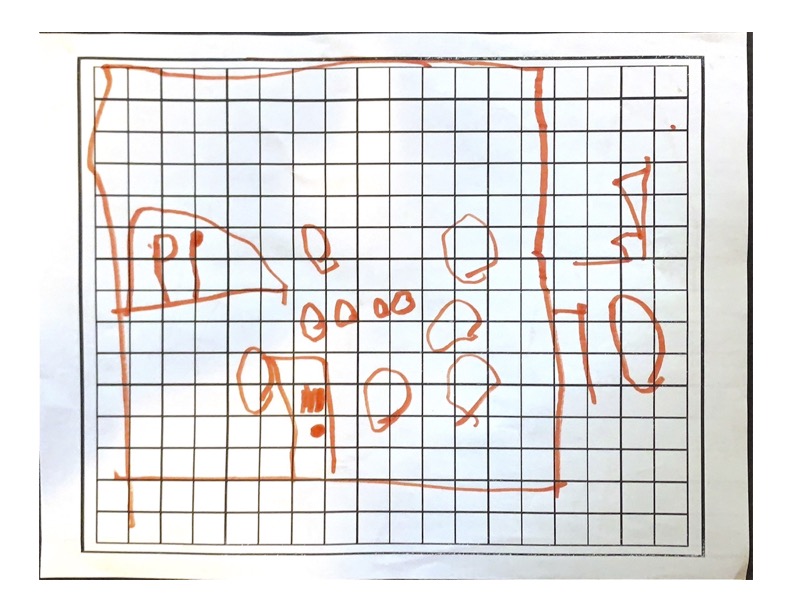The idea of building enrichment opportunities from a child’s interest is not new. Research has shown that interest is a powerful catalyst for sustained learning. However, as parents, it can be difficult to see how to tie a child’s passions to learning. Here are some tips to get you started.
- Understand your child’s interests.
Building enrichment opportunities is impossible if you do not understand the subject. Take the time to read, watch and learn everything you can about it. Yes, this means late-night reading sessions about different Pokemon regions, DnD monsters, or knitting patterns, but it will be worth it.
- Have genuine conversations
Ask questions, listen to their answers, and ask follow-up questions. It’s easy to let our children ramble about their interests, without paying too much attention to what they are saying. Understanding where they are and what they know, will help you build better learning opportunities.
- Keep the enrichment fun
Too often we ruin a child’s interest by attempting to squeeze too much learning out of it. Avoid this by keeping the enrichments fun (challenging can be fun!). This comes back to knowing your child and what they will enjoy.

Example of Enrichment at home
My son is four and loves watching me play Minecraft. On nights we plan on playing, I give him a grid sheet and ask him to map out what he would like to build. Then, I ask him questions about his choices and challenge him to improve the design. While we play, we reflect on what is working, count blocks, and work together to calculate how many resources we need. Sometimes our plans succeed, and sometimes they fail, but we always learn.
We often also just adventure and explore together. Those moments are just as important!
Example of Enrichment at the Learning Lab
A young participant was interested in designing their own board game, a project that comes up quite often. The challenge was how to design a board that was small enough to carry but would ensure the game lasted an appropriate amount of time. The learner and our instructor worked together to prototype a variety of paths and mazes, calculating the average roll of sets of dice, measuring and dividing distances, and timing turn length. Through this project, she was able to apply mathematical concepts she had been introduced to in school to real-world situations, deepening her learning and understanding.
If you would like to learn more about building enrichment plans for your child, visit explorationslearning.com or schedule an appointment with our instructor.


